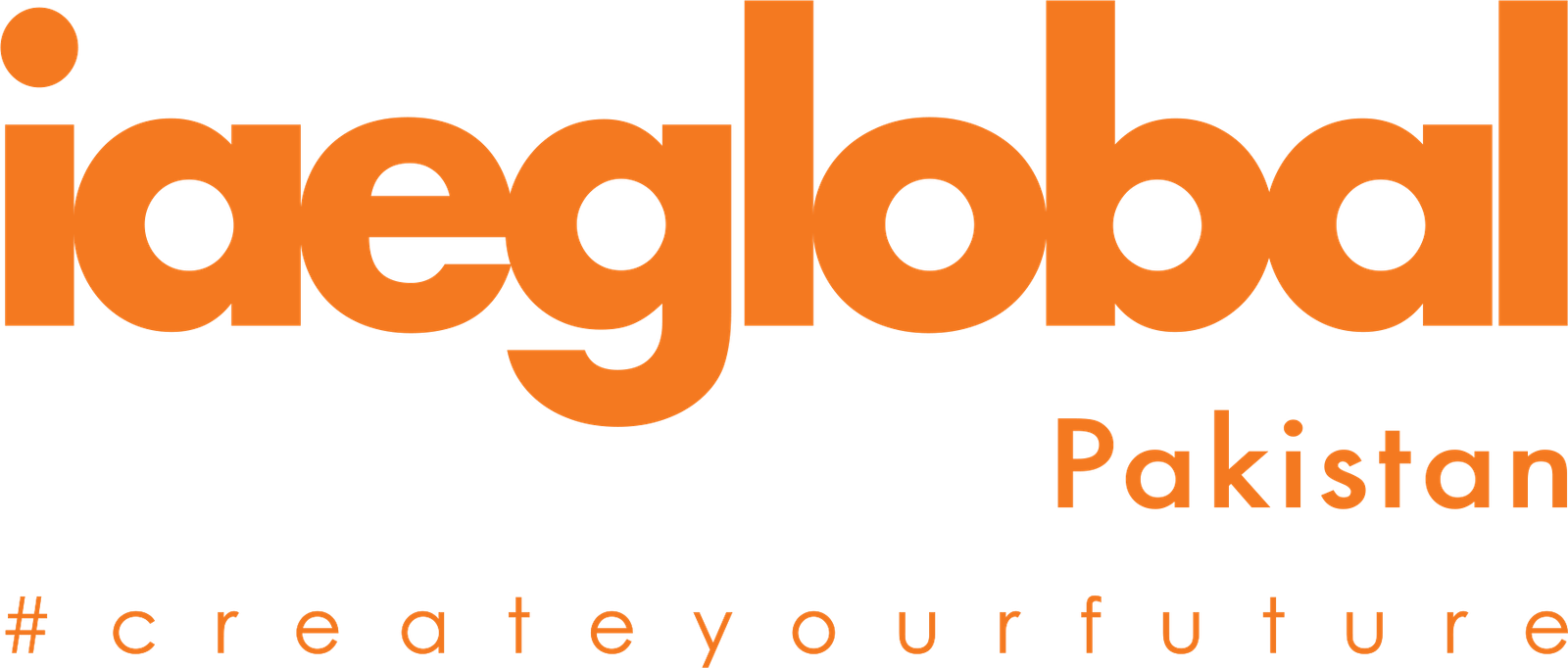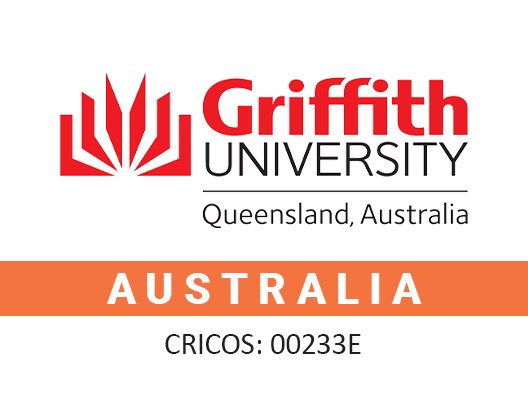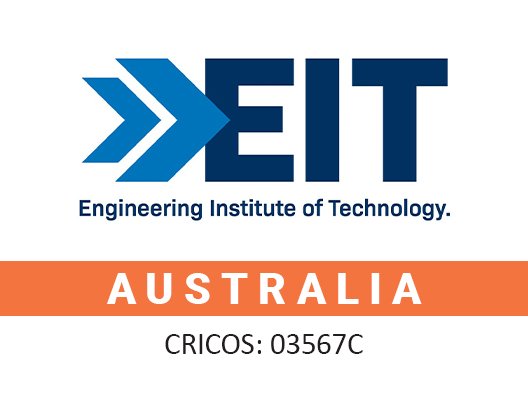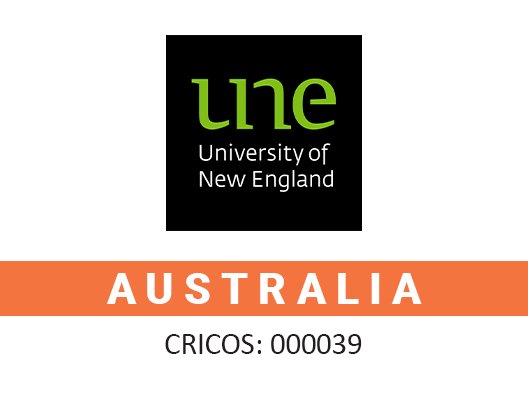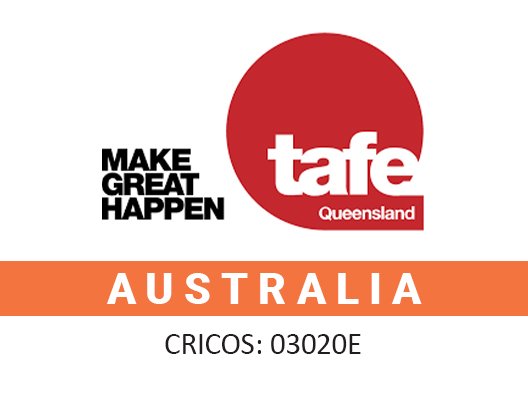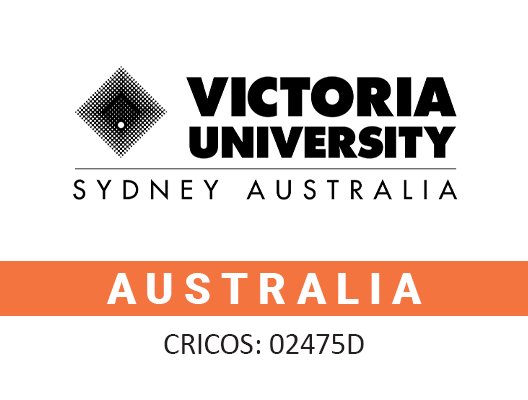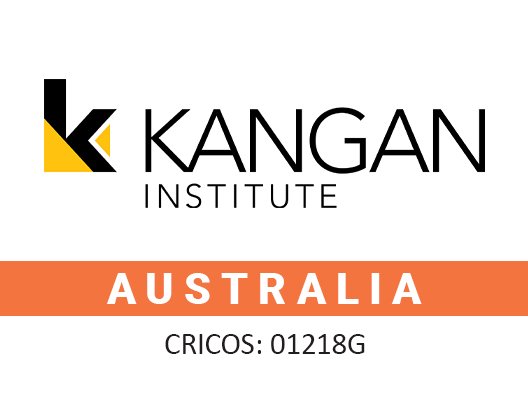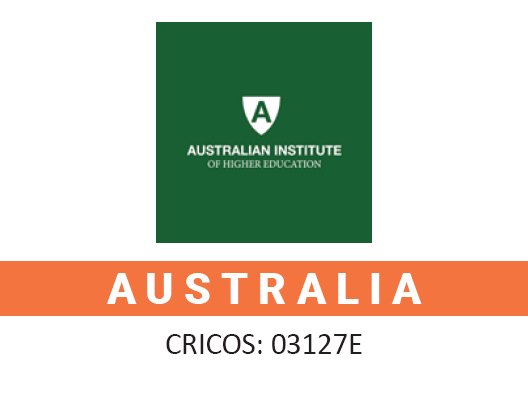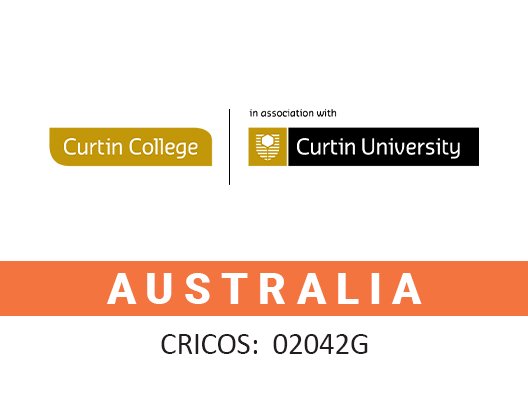Skilled Programs
On May 14, 2024, the Australian Government announced the 2024–25 permanent Migration Program with 185,000 places.
Main Objectives
- Fill skills shortages in priority sectors.
- Prioritize visa processing for regional Australia.
- Build a domestic pipeline of highly skilled workers.
- Recognize the social contribution of all migrants.
- Strengthen family and community bonds in Australia.
- Boost the working-age population and Labor force participation.
- Program Composition.
Skill Stream
132,200 places (71% of the program).
Aimed at improving the economy and addressing Labor market skill shortages, especially in regional areas.
Family Stream
52,500 places (28% of the program).
Mostly Partner visas to reunite families and provide pathways to citizenship.
Includes 40,500 Partner visas and 3,000 Child visas (both demand-driven).
Special Eligibility Stream
300 places.
For those in special circumstances, such as returning permanent residents.
The new Migration Program aims to support economic growth, address skill shortages, and enhance social cohesion through a well-targeted approach.
Here is the list of professions which are in Australian skilled shortage:
- Accountant
- Building engineer
- Engineering
- Social work
- Childcare workers
- Welfare Centre Manager
- Aeronautical engineer
- Engineering Manager
- Medical Administrator
- Nurse
- Nursing Clinical Director
- Advertising Manager
- Arts Administrator
- Chef
- Education
- Farmer
- ICT Managers
- Primary Health Organization Manager
- Scientist
- Software Engineer
